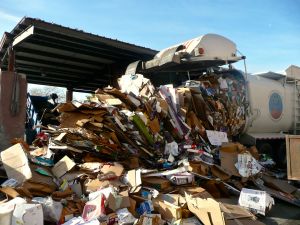Portland’s version of the World Naked Bike Ride took to the streets a recent evening. Ten-thousand riders wearing shoes and helmets gathered at Fernhill Park in northeast Portland, two blocks from where I grew up to begin the procession.
 You may or may not believe Seattle’s claim that the World Naked Bike Ride was inspired by the Fremont Solstice Naked Bike Ride. Unclothed bike riders have long been a featured attraction of the annual solstice parade in the Fremont neighborhood. The event has morphed into the Fremont Solstice Parade and Painted Bike Ride. Most participants are naked or painted or both.
You may or may not believe Seattle’s claim that the World Naked Bike Ride was inspired by the Fremont Solstice Naked Bike Ride. Unclothed bike riders have long been a featured attraction of the annual solstice parade in the Fremont neighborhood. The event has morphed into the Fremont Solstice Parade and Painted Bike Ride. Most participants are naked or painted or both.
 Portland’s bike-sharing Biketown (sponsored by the swoosh people) offered free use of their bicycles for the event with disposable seat covers included.
Portland’s bike-sharing Biketown (sponsored by the swoosh people) offered free use of their bicycles for the event with disposable seat covers included.

The spectacle’s purported purpose is “a protest against dependency on fossil fuels and for bike safety and body positivity.” The latter recalls the Russian River Blues Festival at Johnson’s Beach in Guerneville California. The festival was for many years a sibling bonding experience for my sister and me. Before transforming itself a few years ago into a more upscale “Jazz & Blues” fest in September, the festival took place in mid-June, usually very warm, even hot. The cynical part of me suggested there be color-coded wrist bands for the event, the color indicating how much skin a person would be allowed to expose… for the sake of other attendees, “body positivity” doesn’t have to mean uncovered.
If you can stand it, click here for uncensored photos from this year’s Naked Bike ride.














